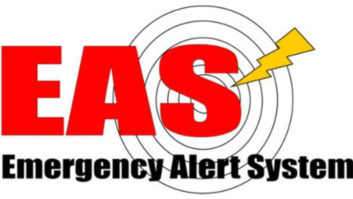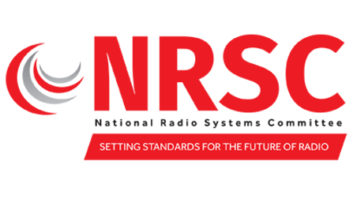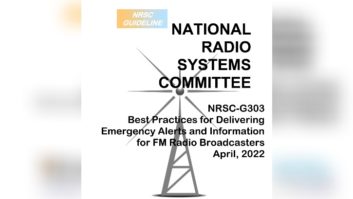How will you define success in the upcoming national EAS test?
Manny Centeno, program manager for FEMA’s Integrated Public Alert and Warning System, gets asked that question a lot by broadcasters.
“Our definition of success and one we ask the community to consider is this: The only way we can reach the ultimate goal of an effective and reliable EAS, is getting policy requirements to reflect the technical realities of the system. The national test is the first step to inform the alignment of EAS requirements to operational procedures,” said Centeno during a speech to the Society of Broadcast Engineers during its National Engineering Awards Dinner Wednesday night.
The Nov. 9 test of the legacy EAS system “is not a one-stop shop that will fix all the challenges we face, however it is a first step in the direction of changing a system that has been left neglected for far too long. It is in the following test that we can see if the improvements we made and ideas implemented actually worked,” he said.
Centeno (who began his broadcasting career in high school as a staff announcer during the graveyard shift at a classic jazz FM station) has said before that FEMA’s vision for improving the EAS is incremental, and that not all of the problems can be tackled at once.
To SBE members, he reiterated three basic areas that FEMA seeks to address.
The first is operation of the EAS, both at origination and the distribution of the messages. FEMA and the FCC have been meeting and discussing EAS and other alert and warning improvements with state and local partners to encourage them to use the EAS effectively and in cooperation with the broadcast and cable communities, he said.
The second area FEMA has been addressing is basic technical issues, such as monitoring, audio quality, equipment configuration and maintenance.
The third area to address is updating and clarifying EAS rule making. With the help of EAS participants, he said, FEMA is creating an EAS best practices guide that he expects will be comprehensive, actionable and consistent. He plans to discuss more about the guide during Friday’s webinar about the upcoming national test. The webinar begins at 1:30 Eastern.
Finally, Centeno thanked SBE leaders John Poray, Scott Mason and Jeff Smith, as well as the NAB and Chris Merritt of the Ohio Association of Broadcasters, for championing cooperation on EAS.
“Launching the National Dialogue on the Emergency Alert System Websitewas one of the ways we started to collect ideas on technical solutions, and it was Scott, Jeff and John, among other partners, who promoted this type of engagement within the SBE membership.”
Centeno said industry leadership has produced an awareness of EAS that has been “unprecedented.”












